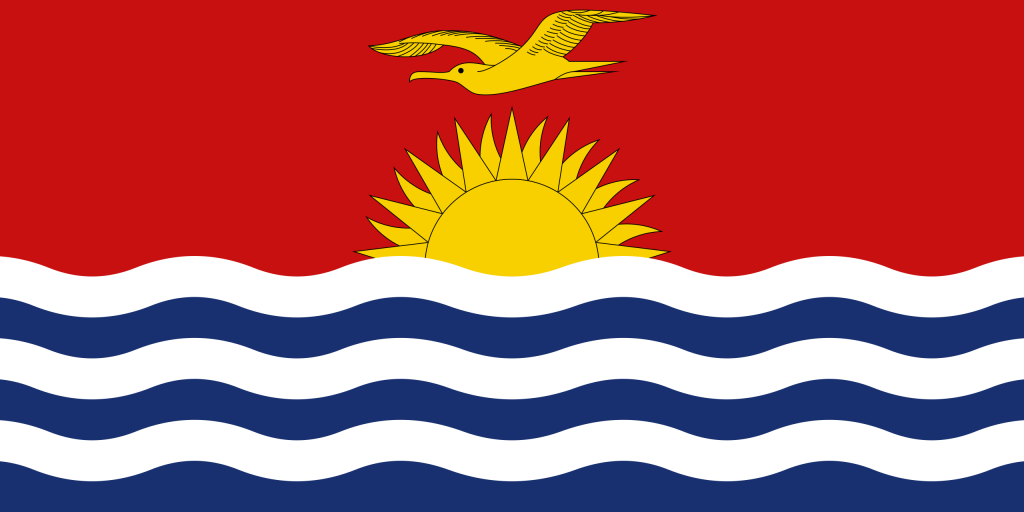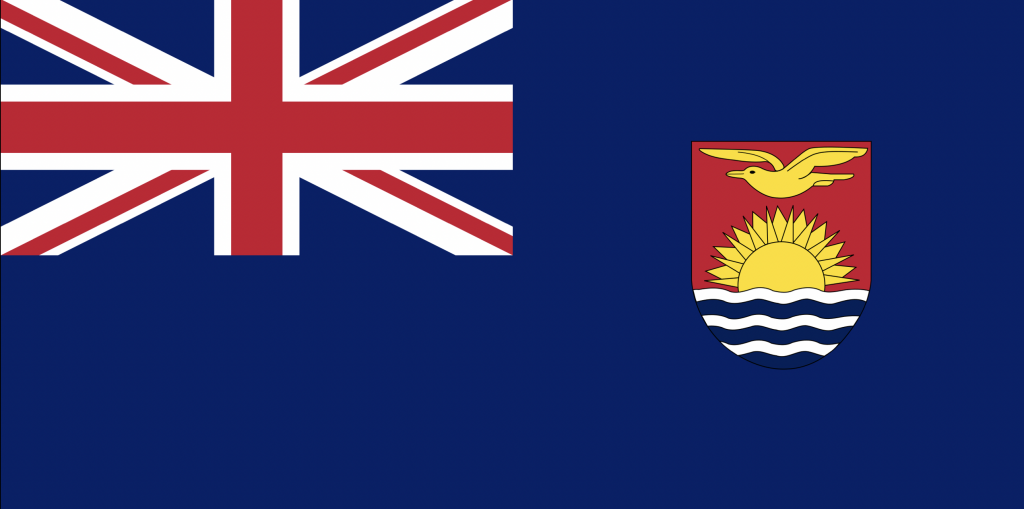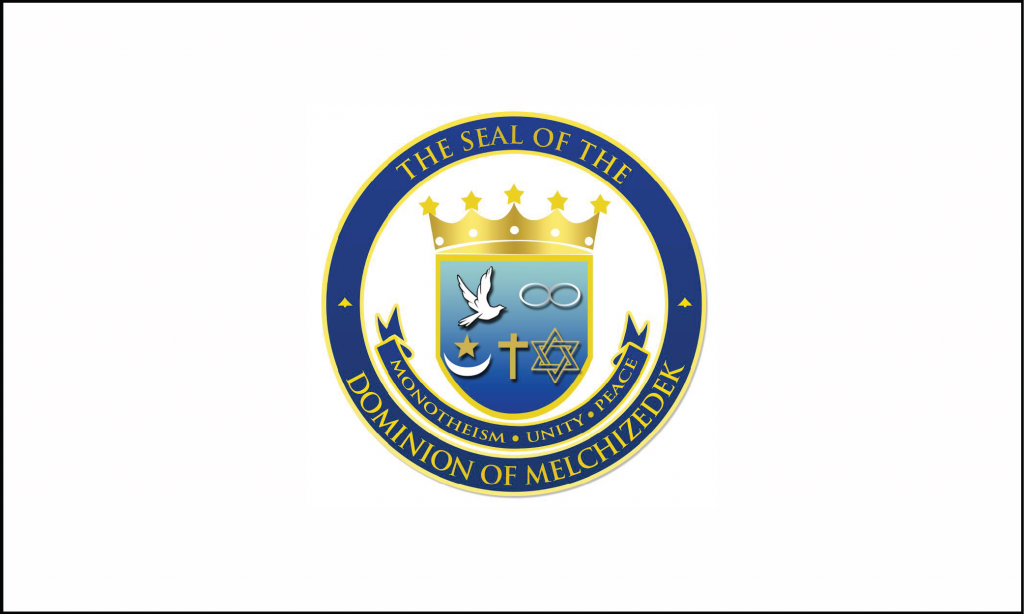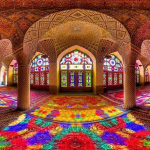The flag of Kiribati is one of the most distinctive and eye-catching flags in the Pacific region. It features a bright red background with a yellow frigatebird flying above a golden sun that rises over three wavy blue and white stripes. Each of these elements carries deep meaning, reflecting the natural environment and cultural identity of this island nation.

In this article, we’ll dive into the history, design, and significance of the flag of Kiribati, while also looking at its importance in both local and international contexts.
History of the Flag of Kiribati
Kiribati, formerly known as the Gilbert Islands, gained independence from the United Kingdom on July 12, 1979. The country’s flag was officially adopted on the same day. Before independence, Kiribati was a British colony, and the flag featured the British Blue Ensign with the colony’s emblem in the center.

The design of the flag was influenced by Sir Arthur Grimble, the first Resident Commissioner of the Gilbert and Ellice Islands (now Tuvalu). The unique elements of the flag reflect the deep connection of the Kiribati people to the ocean and the importance of their maritime traditions.
To read about the flag of Tuvalu click here.
Design and Symbolism of Kiribati flag
The flag of Kiribati has several symbolic elements that together tell the story of the nation’s geography and culture:
- Red background: This represents the vibrant spirit and courage of the people of Kiribati.
- Frigatebird: The yellow frigatebird is a powerful symbol of freedom, power, and command over the sea and sky. Frigatebirds are commonly found around the islands and are known for their long flights across vast ocean distances, symbolizing the adventurous spirit of the Kiribati people.
- Rising sun: The golden sun represents the equator, as Kiribati straddles the equator, making it one of the few countries that lies directly on it. The sun also symbolizes hope and the bright future of the nation.
- Wavy blue and white stripes: The three blue and white stripes at the bottom of the flag represent the Pacific Ocean and the three main island groups that make up Kiribati—Gilbert Islands, Phoenix Islands, and Line Islands. These waves reflect the strong connection of the people to the sea, which is essential for their livelihood and way of life.
The Importance of the Kiribati Flag
The flag of Kiribati holds immense pride for the citizens, representing both their independence and their connection to the ocean, which plays a vital role in everyday life. For a country that spans over 3.5 million square kilometers of ocean, with more water than land, the waves and the bird in the flag symbolize their relationship with the sea.

The flag is prominently displayed on national holidays, government buildings, and during official ceremonies. It’s also an important symbol at international events, where Kiribati participates in sports and other cultural exchanges, giving the small island nation a distinct identity on the global stage.
To read about Christmas in Kiribati click here.
Other Flags in Kiribati
Although the national flag of Kiribati is the most well-known, there are other flags used by various local government authorities and maritime entities. The Presidential Standard of Kiribati is a variation of the national flag but includes an additional white border.
Additionally, Kiribati has maritime flags that adhere to international maritime law, which help identify Kiribati-registered ships in international waters. These flags carry similar design elements to the national flag but are specifically designed for maritime use.
Challenges Facing Kiribati
Kiribati faces a number of challenges, especially regarding climate change. Rising sea levels threaten to submerge much of the low-lying islands, and this has placed the nation in the global spotlight. The flag of Kiribati, with its blue waves and sun, takes on a new significance in the face of these environmental concerns, symbolizing the vulnerability and resilience of the islanders in the midst of these threats.

As Kiribati fights for survival against the rising seas, the flag serves as a reminder of their identity and determination to maintain their sovereignty in the Pacific.
Micronational Claims on Kiribati’s Flag
Interestingly, there have been minor micronational movements that sought to use Kiribati’s symbolism, though these have no official recognition. These movements often invoke maritime or tropical imagery similar to Kiribati’s flag design but have been generally viewed as fringe groups with no real influence.

Nonetheless, Kiribati’s unique and colorful flag continues to be a point of fascination in the world of vexillology (the study of flags).
You can read about the Dominion of Melchizedek here.
Conclusion
The flag of Kiribati is more than just a national symbol; it tells the story of the islands, the people, and their close relationship with the ocean. From the soaring frigatebird to the waves below the golden sun, each element of the flag is a tribute to the natural beauty and resilience of Kiribati. As the country navigates the challenges of climate change and its place in the global community, the flag of Kiribati remains a beacon of pride and identity for its people
You can check out our Kiribati Tours here.





